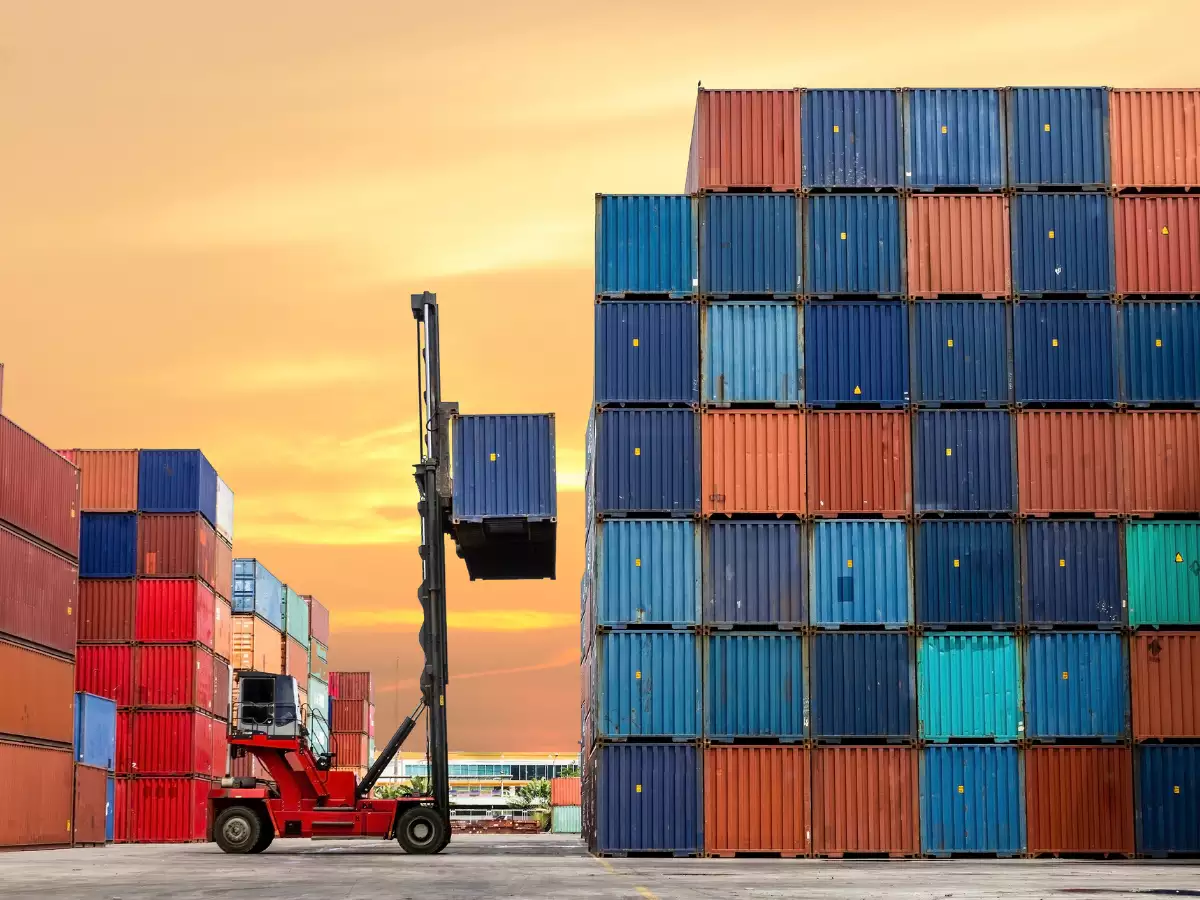Uncategorized
Electronics and services exports to contain slide in growth rate of trade

The Daily Guardian is now on Telegram. Click here to join our channel (@thedailyguardian) and stay updated with the latest headlines.
For the latest news Download The Daily Guardian App.
Uncategorized
BSF seizes gold biscuits at Indo-Bangladesh border, arrests Indian national
Legally Speaking
Supreme Court holds off on decision in Baba Ramdev contempt case
Uncategorized
Vantage Markets & Cristina Gutierrez Honor Moms
International Affairs
Japan’s Teleworking shrinks, Hybrid work surges: Govt. survey
Uncategorized
Global light show: Solar storm wows, no major issues reported
Uncategorized
March records 449 Infra projects with Rs 5.01 trillion cost overrun: MoSPI
-

 Opinion3 years ago
Opinion3 years agoPakistan-China nexus trying to sow doubts in Indian society about governance systems
-

 Entertainment8 years ago
Entertainment8 years agoThe final 6 ‘Game of Thrones’ episodes might feel like a full season
-

 Entertainment8 years ago
Entertainment8 years agoThe old and New Edition cast comes together to perform
-

 Fashion8 years ago
Fashion8 years agoThese ’90s fashion trends are making a comeback in 2017
-

 Opinion4 years ago
Opinion4 years agoEnvironment day with a missing spring and lost souls
-

 Entertainment8 years ago
Entertainment8 years agoNew Season 8 Walking Dead trailer flashes forward in time
-

 Politics8 years ago
Politics8 years agoIllinois’ financial crisis could bring the state to a halt
-

 Entertainment8 years ago
Entertainment8 years agoMod turns ‘Counter-Strike’ into a ‘Tekken’ clone with fighting chickens










